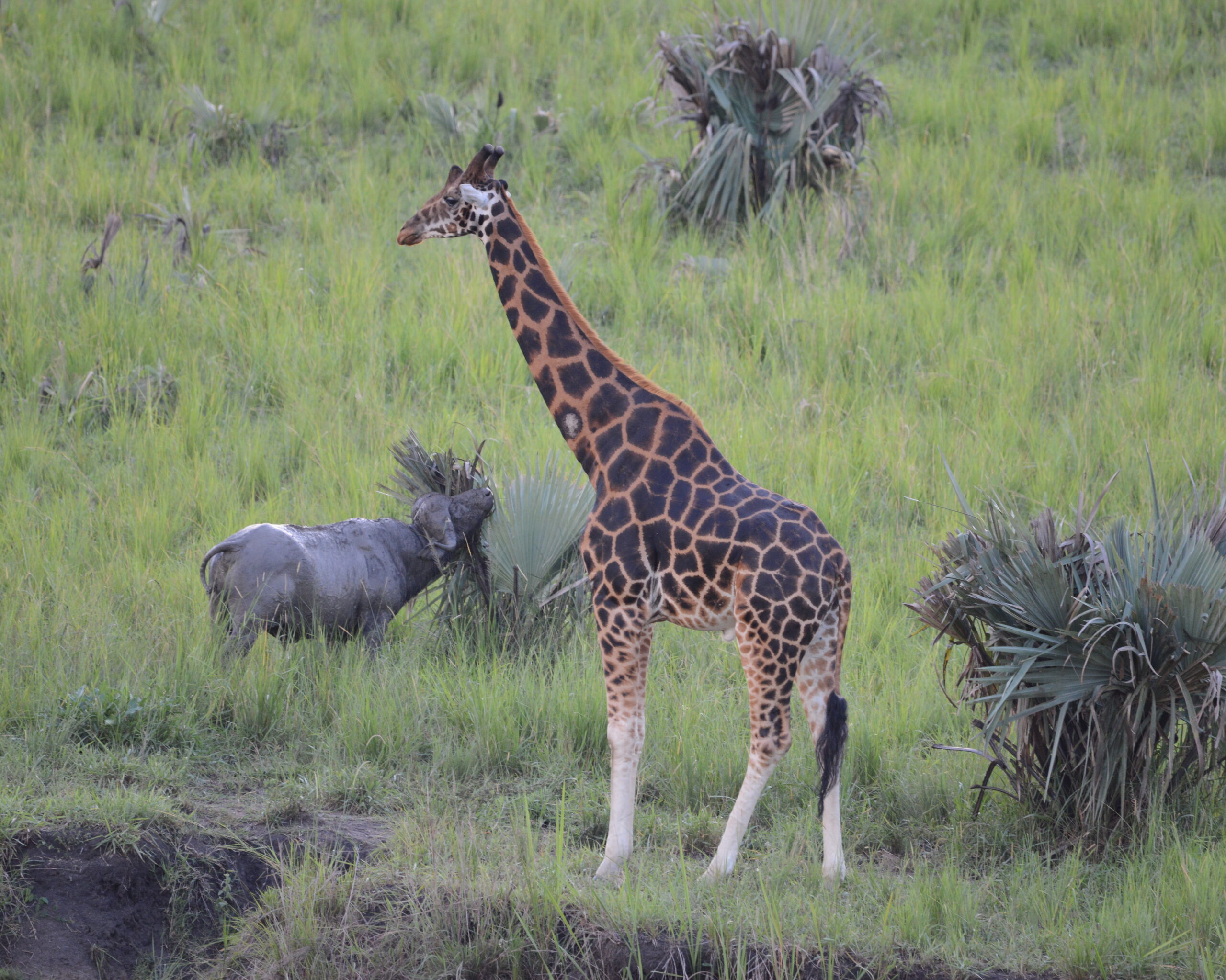
The Rothschild’s Giraffes
The Rothschild’s Giraffes
The Rothschild’s Giraffes, also known as the Baringo or Ugandan giraffe is a subspecies of the Northern giraffe. They were declared “Endangered” by IUCN (the International Union for the Conservation of Nature), adding to the growing number of species under threat of extinction. The name comes after the London zoologist Lionel Water Rothschild who first described the subspecies in the early 1900s. He had many species named after him, about 17 mammals, 58 bird species and 150 types of insects.
Important to note, the giraffe is the world’s tallest land mammal and the Rothschild’s giraffe is one of the tallest subspecies, growing up to 6 meters tall. Its colouring of the Rothschild’s giraffe is unique when you compare to other giraffes because their markings stop half way down their legs.
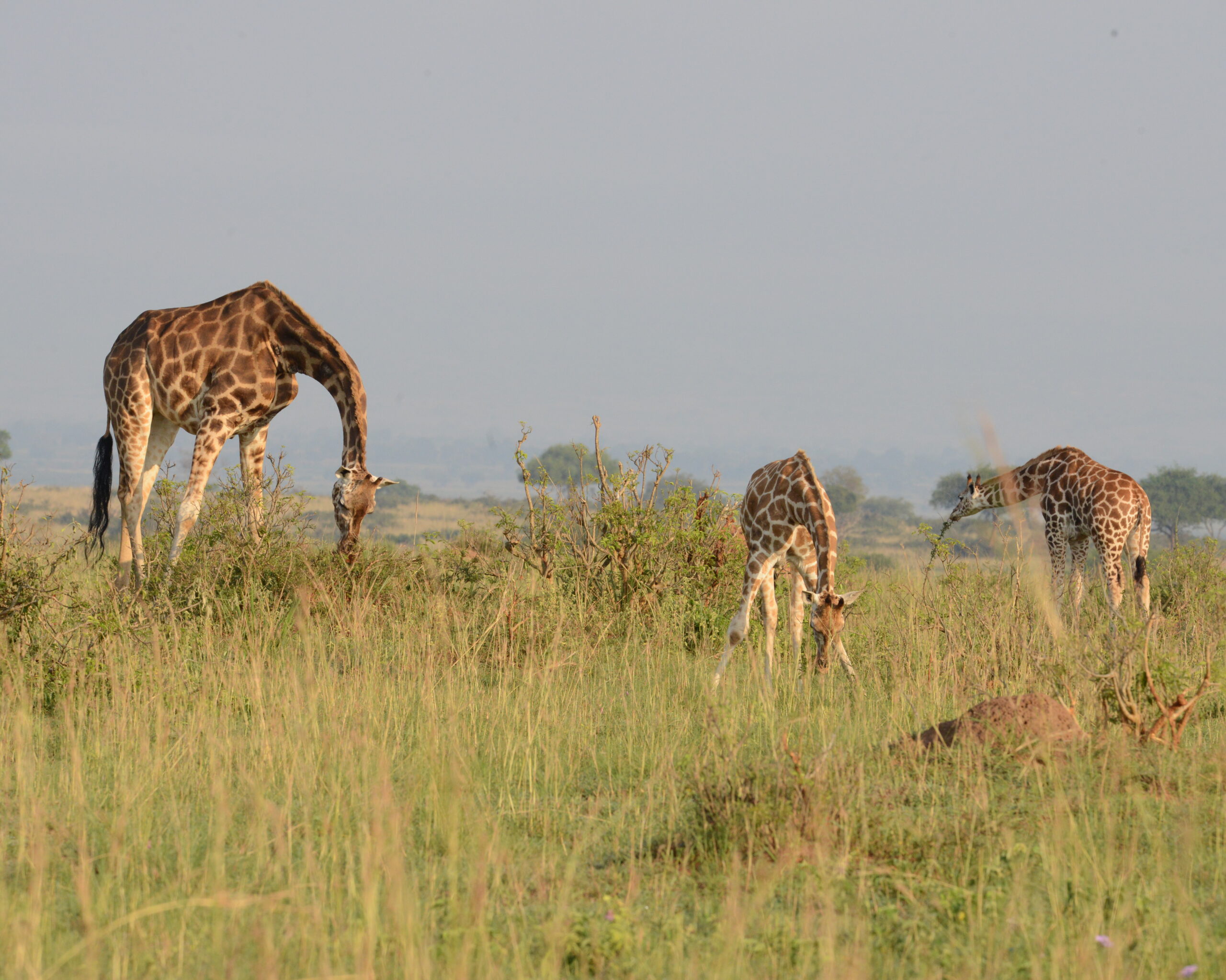
The giraffes live in small herds with males and females living separately outside of the breeding season. Females give birth to a single calf after a gestation period of around 15 months. Giraffes’ necks are long, but they actually contain the same number of bones (vertebra) as humans (seven).
Males use their strong neck as weapons to fight over females during tiimes of anger! Their neck helps them to stop the blood rushing to their head when they bend down to drink
Lifespan
The Rothschild’s giraffes live for quit a good number of years, an average of 20 years. The gestate peroid of giraffes is 16 months before the give birth, and mothers usually give birth just one baby at a time.
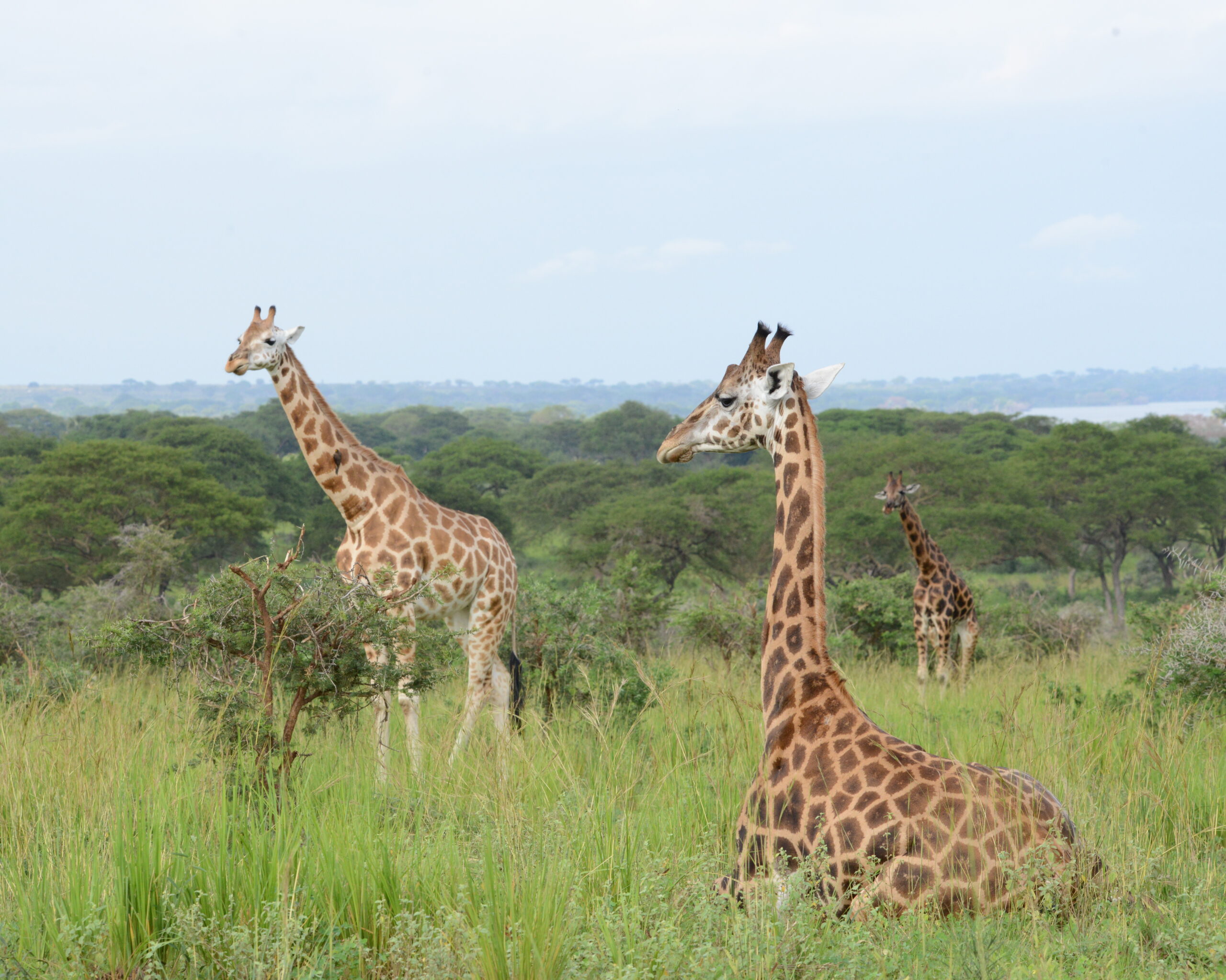
Their diet
The giraffes are herbivores animals which feed on plants like Acacia trees, young shoots, leaves and bark from trees and shrubs. They have a long tongues measuring up to 45cm long, they uses to pull down leaves, shoots, bark and flowers off tree branches to eat.
The Rothschild’s giraffes are very large animals with a big space that takes a great deal of food. An adult giraffe can eat about 75 pounds of food each day. The amount of food required for the giraffe to maintain its weight means it spends between 16 and 20 hours eating each day.
Habitat & Range
The Rothschild’s giraffe inhabits woodlands, savannahs and grasslands due to the presence of food they feed on. It used to be abundant across Kenya, Uganda and Sudan but is now only found in small populations in western Kenya and northern Uganda. Their populations steadily every year and around 60% found in Uganda’s National Parks like Murchison falls National Park, Lake Mburo National Park and Kidepo Valley National Park, together with Pian Upe Wildlife Reserve in Eastern Uganda.
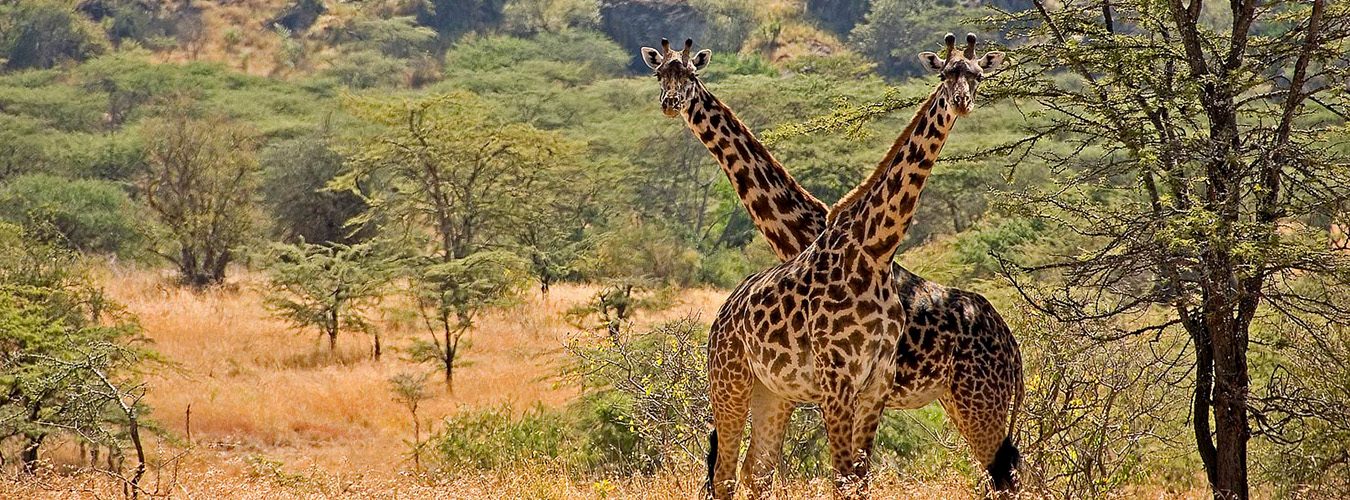
Conservation
Conservation measures include habitat protection, law enforcement and community based conservation initiatives. The Uganda Conservation Foundation, in its efforts to restore the habitat and wildlife in Murchison Falls National Park, home to a large population of the Rothschild’s giraffes.
They live in the open woodlands, savannahs and grasslands of Uganda and Kenya where they live in small herds. These giraffes live separately in their groups, while the males and females only mix-up during the mating period.
There are four species of giraffe.
The Masai giraffe
These masai giraffes make their home across the central part of Kenya, spreading to the south and into Tanzania. The South Luangwa Valley in Zambia is also the home to an isolated group of these giraffes. This is the most popular species, with over 32,000 existing in the wild however, their numbers are declining due to poaching. The Masai giraffe is the darkest of the species of giraffes.
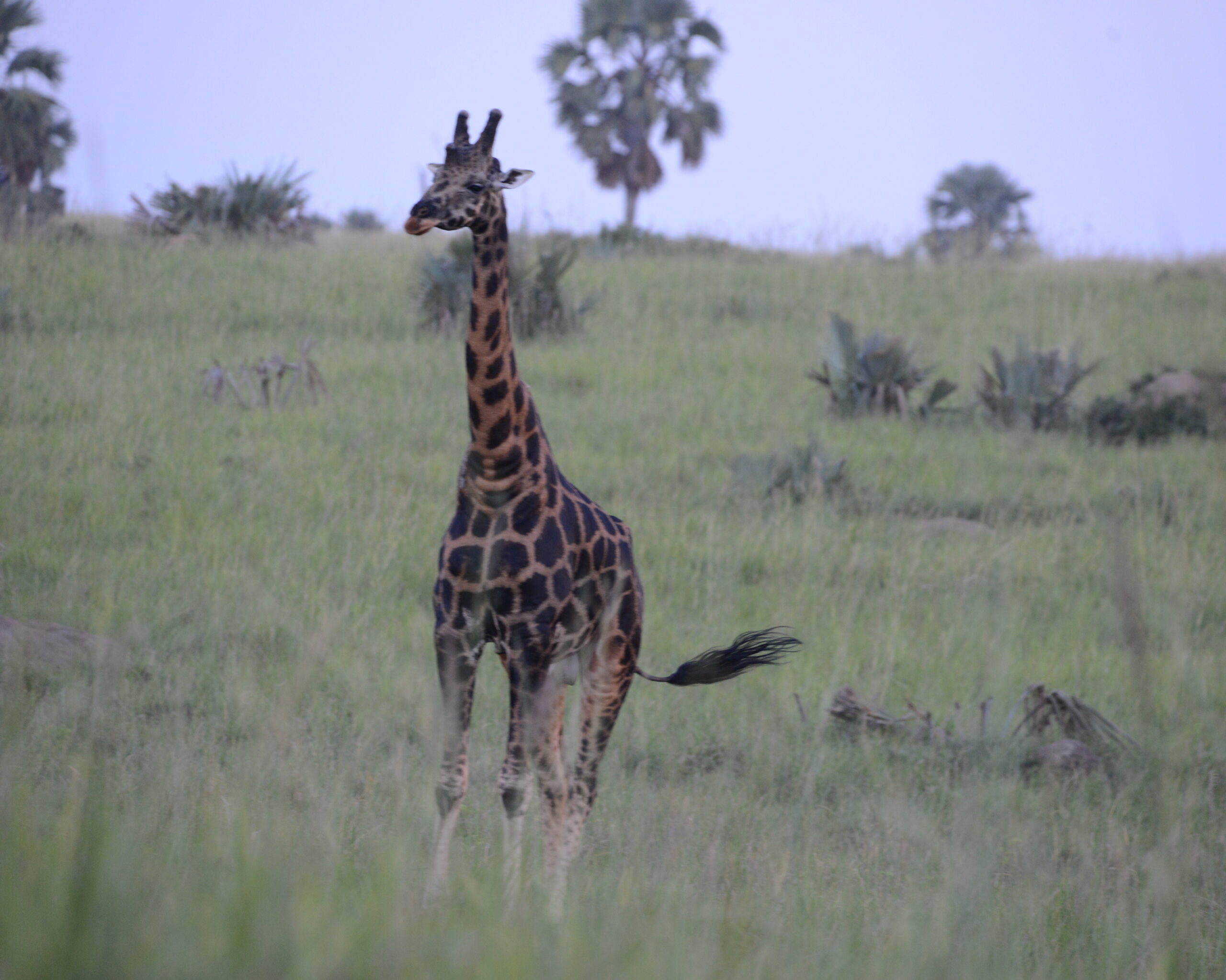
The Reticulated giraffe
They are also known as the Somali or the netted giraffe, most often found in the north, north-eastern, and central Kenya. There are small populations in the southern parts of Somalia and Ethiopia. There are around 8,700 remaining in the wild.
The Southern giraffe
They are divided into two subspecies, the Angolan and the South African. The Angolan giraffes are in Namibia as well as central Botswana. It’s on estimate that there are around 13,000 of this species in the wild. The Angolan giraffe’s pattern covers its entire body, including its lower legs.
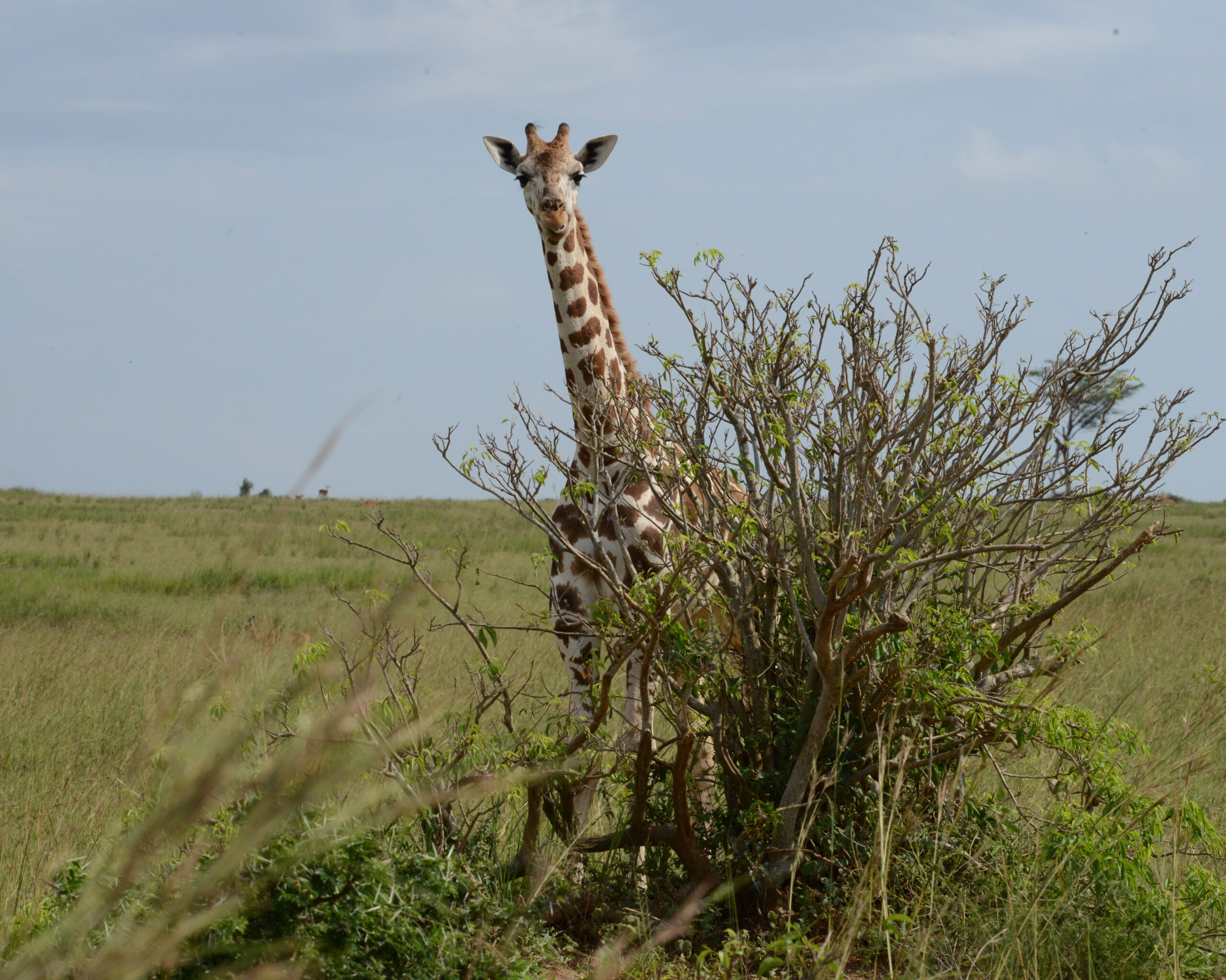
The Northern giraffe
These include three subspecies ie: the Kordofan, the Nubian, and West African giraffe.
What are the threats to these giraffes
The greatest threat to the Rothschild’s giraffes is poaching, which has led to the decline in their numbers. Besides the poachers, these giraffes are also facing a problem of predators like Crocodiles, leopards, lions, as well as hyenas that consider them as prey.
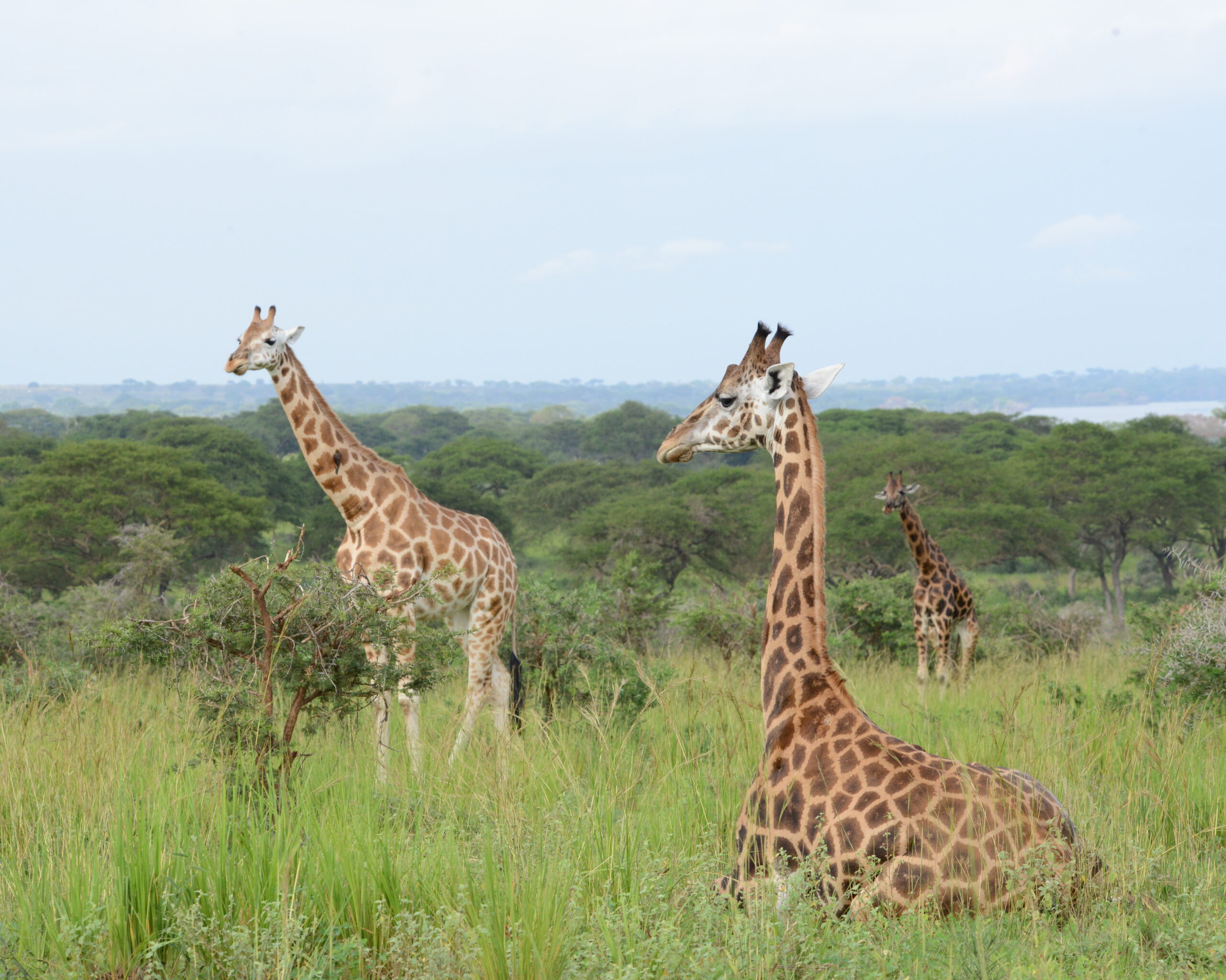
Finally, giraffes have become the victim to degradation of their habitat, leading to their decline. The small pockets of Rothschild’s giraffes in the wild are isolated from each other, making breeding a challenge.
Book a safari to Murchison Falls National Park to see these amazing Rothschild’s giraffes






